Can a gun have a soul? This is the question Brad Bird wanted to answer when he embarked on the project of the animated film The Iron Giant, based on The Iron Man:A Children’s Story in Five Nights (Faber and Faber, 1968), a children’s novel with a pacifist approach written by the poet Ted Hughes.
Warner Bros had about forty projects going on at that time and they gave the animation director the opportunity to develop the one he wished. He chose The Iron Giant, initially conceived as a musical that Pete Townshend, guitarist and songwriter for The Who, wanted to develop based on their album The Iron Man and it was transformed into an animated film thanks to the vision of producer and director Des McAnuff before the initiative reached Warner Bros.
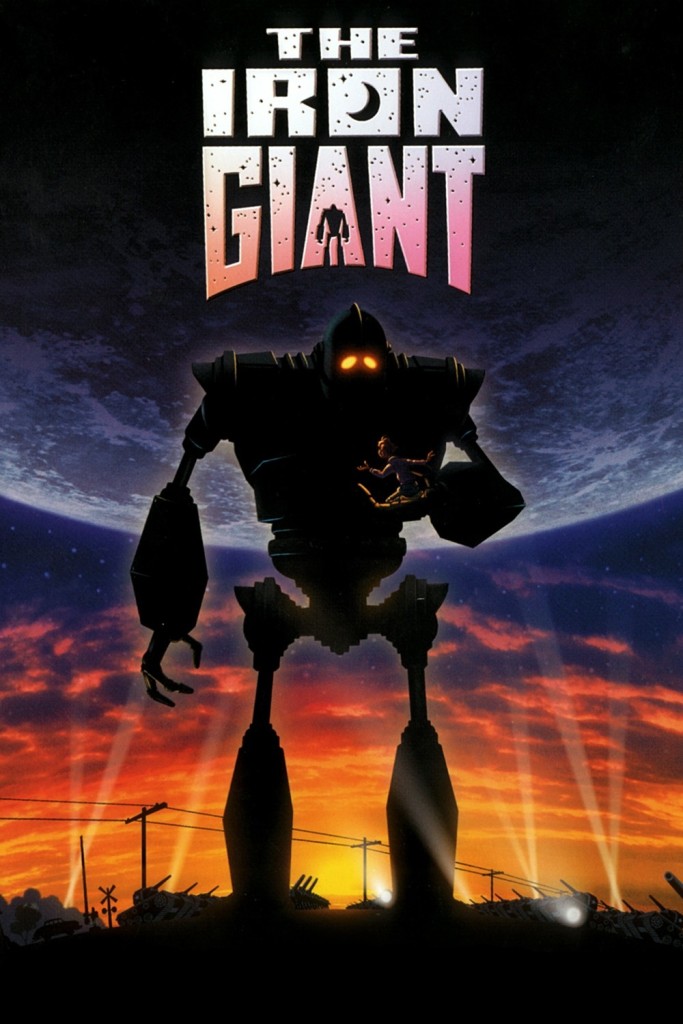
The protagonist of the story is a giant robot that reaches the Earth from outer space, therefore, its technology is alien to human capabilities. The voracity with which he feeds on cars, tractors, cables and other metallic delicatessen, is a problem for the inhabitants of the village where he settles after space travel, and they decide to take action on the matter. Of all the villagers, the preadolescent Hogarth Hughes will be the one who empathises the most with the robot and a strong bond will develop between them.
Both in the short novel and the film, which develops much more the interplanetary and “interorganic” relationship between the boy and the robot, the giant will be crucial to stand up to a lethal threat that affects humanity as a whole. The nature and origin of the danger will be different in both formats of the story.
While in the novel the action takes place in an indefinite space and time, in the script by Bird and Tim McCanliesthe story is very specific about this matter: Maine (United States) in 1957, the Cold War. Ted Hughes, who knew about the project, could not see the film finished. He died a year before the premiere.
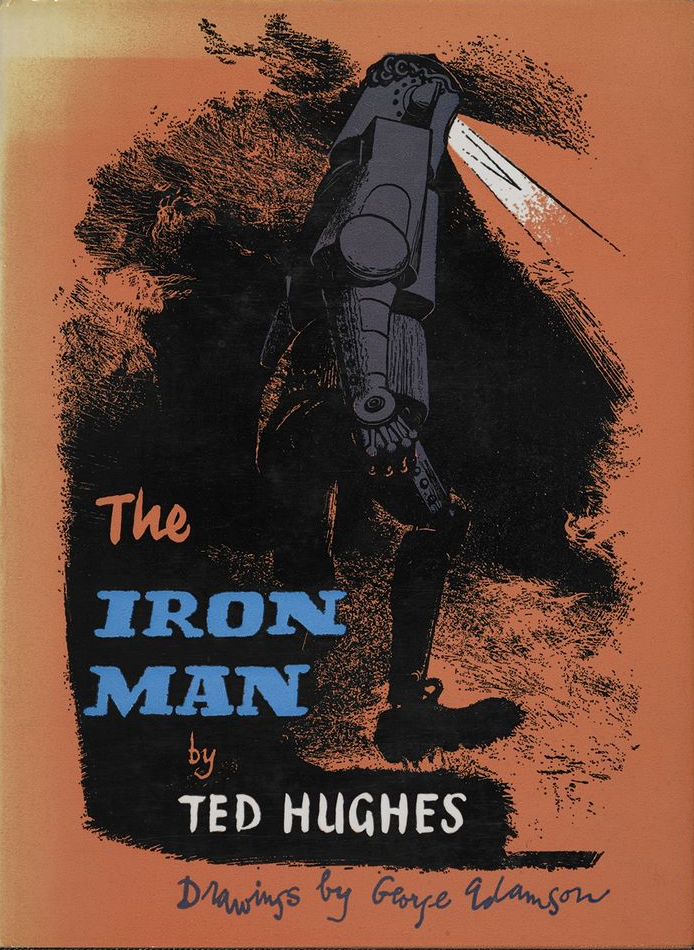
At first, the giant knows nothing of his own nature, but at a certain time in the story he looks upset at the sight of death, which makes him consider many things about his own existence and that of his friend. Unfortunately, lack of funding prevented an abstract and evocative scene from being included, showing the robot’s dream in which his anguish before death and visions of his pre-earth life are reflected. In this way it is shown what we already know from other parts of the story: it is a robot for military purposes.
“What if a gun had a soul?” Brad Bird, in this already legendary animated film, offers some insight on artificial life and tries to answer the question that led him to get immersed in the Project in the first place. John Carpenter, in his Dark Star (1974) is also certain about the matter.
Translated by Olga Lledó Oliver




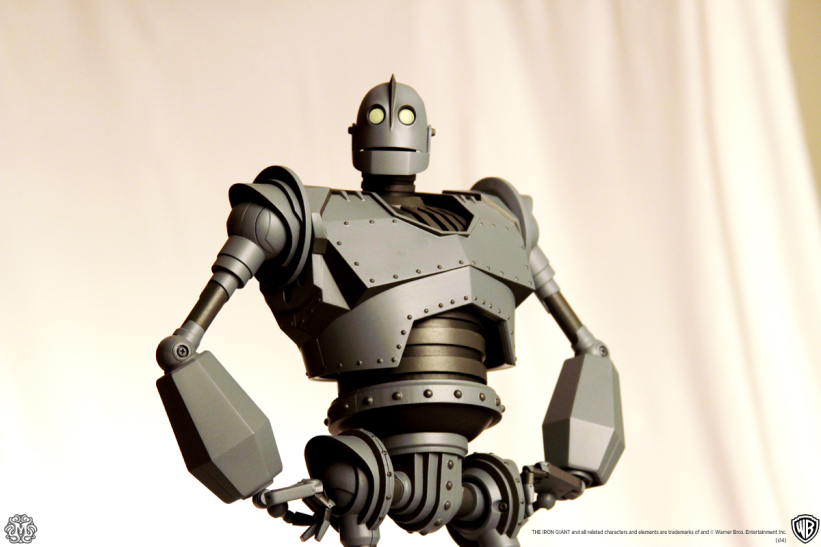
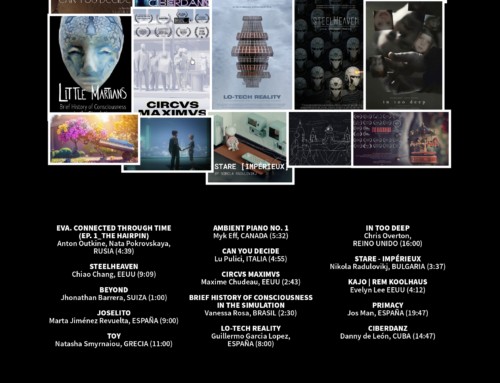
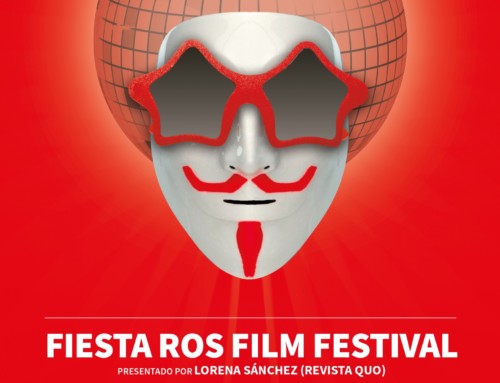
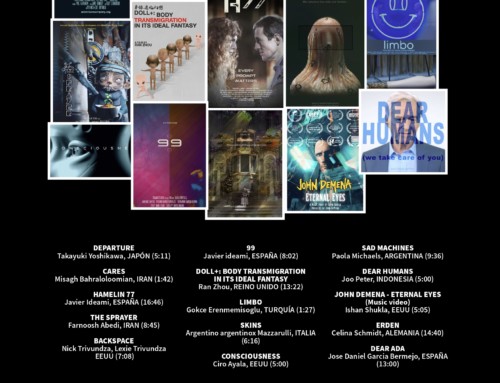
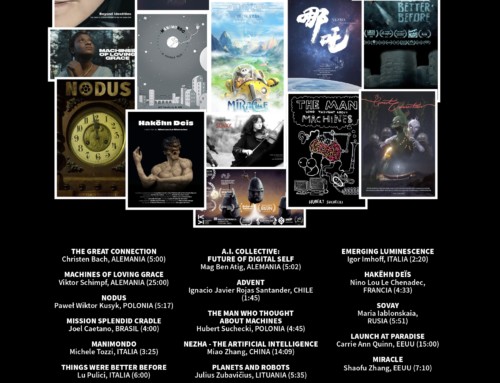
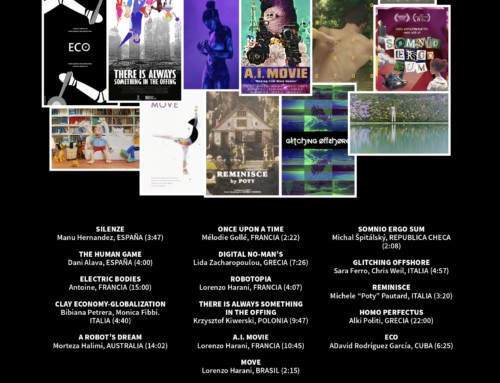
Leave A Comment